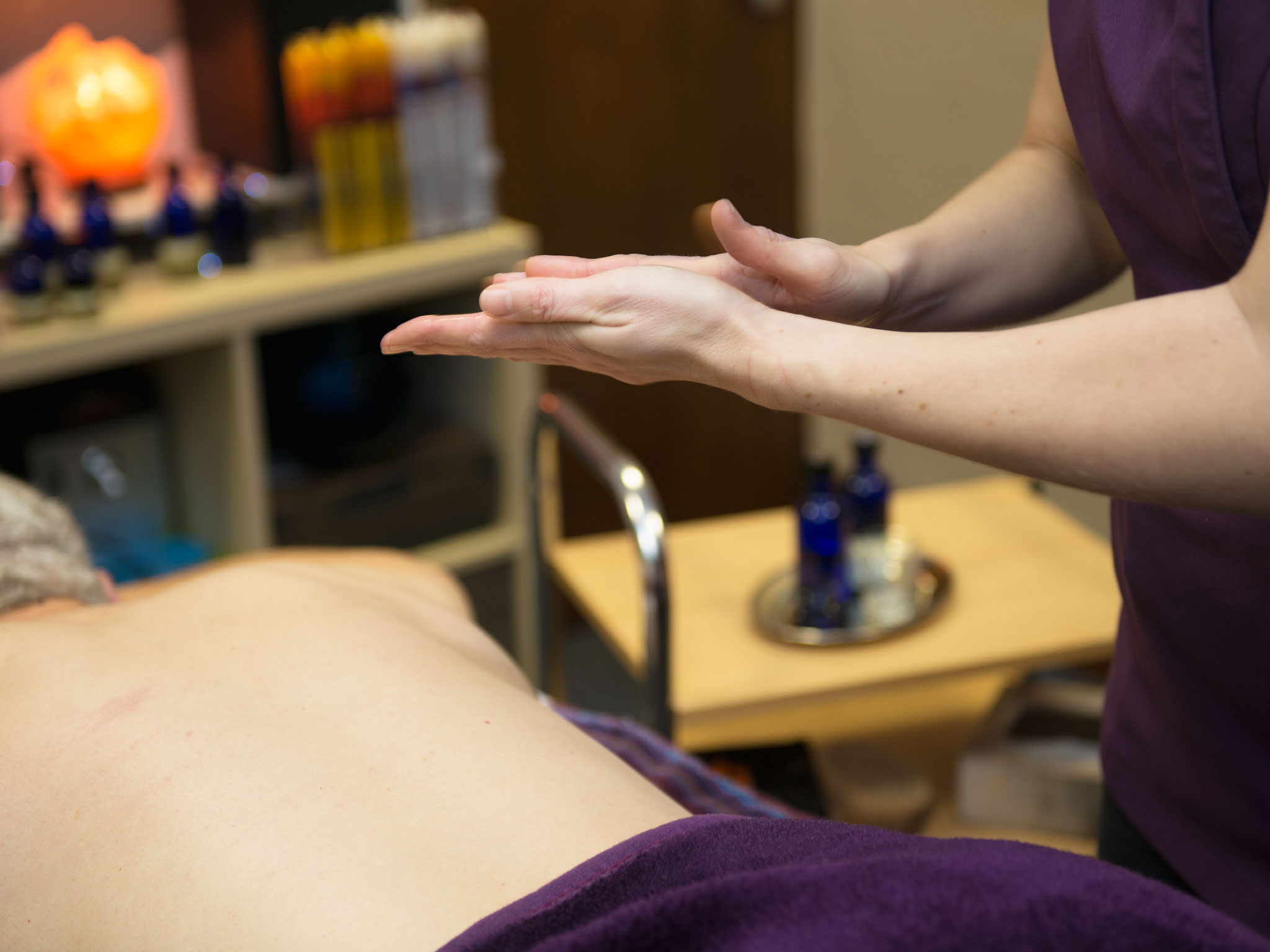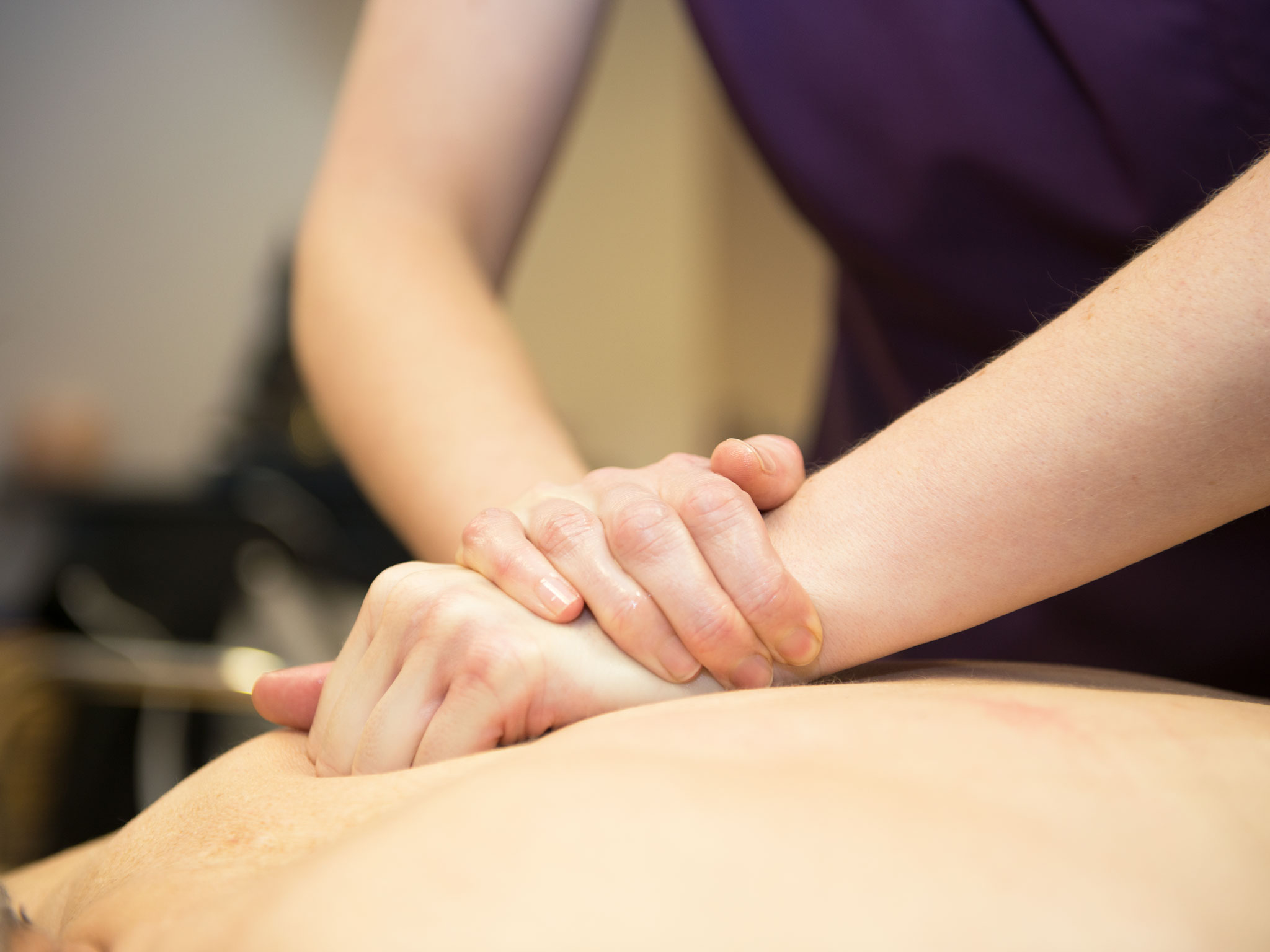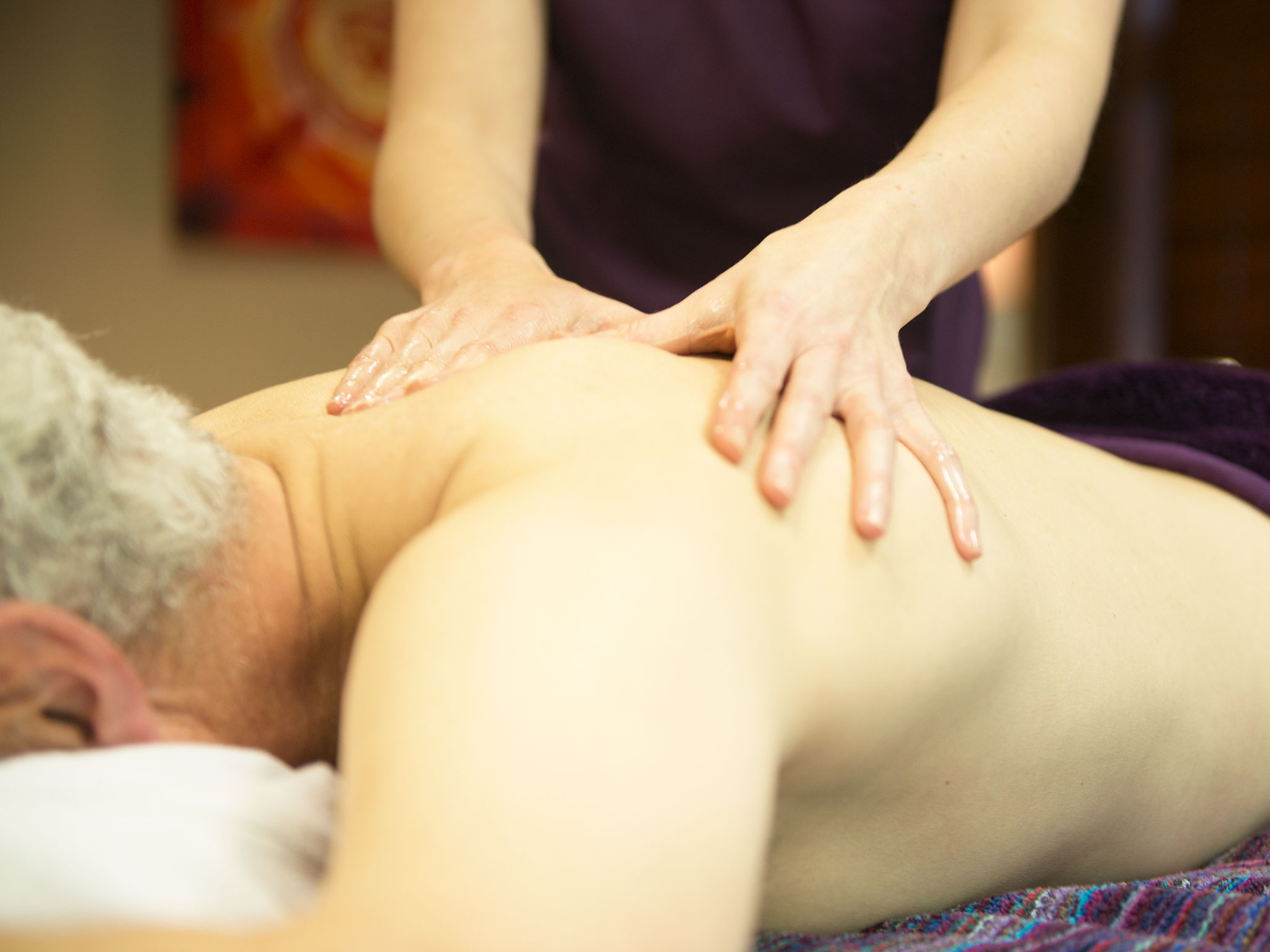Deep Tissue Massage
The focus is on the deepest layers of muscles, tendons, and fascia releasing chronic muscle tension.Deep Tissue Massage
It aims to release the chronic patterns of tension in the body through slow strokes and deep finger pressure on the contracted areas, either following or going across the fibre’s of the muscles, tendons and fascia.
The massage can be applied to parts of the body or to the whole body to heal injury, relieve psychological stress, manage pain and improve circulation in addition to being used for its physical and psychological benefits.
During a Deep Tissue massage, discomfort is normal and will be felt if there are inconsistencies within the tissues. Discomfort is described as a “good hurt”, the kind that feels good at the same time.
What happens during a Deep Tissue Massage?
Step 1 – Arrival & Consultation
A typical Deep Tissue massage session lasts for about one hour, treating specific areas such as backs, shoulders, necks, legs and arms or any areas giving discomfort, aches or pains.
The environment is important to the massage. The room will be warm and peaceful with careful consideration given to the lighting, soft music and aromas to add to the experience.
Prior to the first visit clients complete an online consultation, where they are asked a number of questions concerning general well-being, injuries and medical conditions that the therapist should know about, in order to determine if there are any contra-indications (physical conditions that would prohibit or limit a massage treatment).
The client is asked to undress ensuring their modesty is protected, at which point the therapist will leave the room and the client will be asked to lie on the treatment couch under a large sheet and blanket. During the session, the therapist will use the sheet to expose only those parts of the body to which treatment is being applied. No body part or area will be massaged without the client’s permission.


Step 2 – The Treatment
Massage balm is the most commonly used medium.
A good balm will nourish the skin, I prefer organic Shea Butter, it allows a free-flowing movement and it enables the hands to gain some traction over the area to do the myofascial release as well as some glide when applied in a larger quantity. The balm will be applied to the area to be massaged ensuring good coverage. The therapist will begin the techniques by starting with the effleurage(stroking) technique to warm up the muscles before any pressure is applied. The therapist applies long, smooth strokes over the body, using firm but gentle pressure to improve circulation, ease muscle aches and tension, increase flexibility and encourage relaxation.
The therapist will be able to feel where the tension areas are and adapt the treatment accordingly by using various techniques to reduce the adhesions or tension knots that are present in the muscles.

Step 3 – Finishing Up & Aftercare
The therapist will sense responses but will also ask the client about the depth of their pressure ensuring that it does not cause pain, an effective massage should not cause pain. If in discomfort or pain, the client should feel free to ask the therapist to modify their treatment. Muscles have a natural reflex to resist pain. When a muscle thinks it’s about to be injured, this reflex is triggered. When too much pressure is applied during a massage, the muscle or group of muscles will naturally resist force by tightening further. This is the opposite effect of what a massage achieves, an effective massage should relax and release areas of tension.
The therapist will finish the treatment and quietly check that the client is comfortable and offer a glass of water. The client will be asked to take their time getting up and the therapist will leave the room whilst the client gets dressed. On the therapist re-entering the room the client and therapist will discuss how the treatment went and the therapist will give after-care advice.
It is normal with a Deep Tissue massage that the client may feel some tenderness in the muscles for a day or two after the treatment, the therapist will advise the client how to reduce the tenderness, to maximize the benefits of Deep Tissue massage and encourage the healing process.


Who should get a Deep Tissue Massage treatment?
Anyone with chronic stiffness in joints and musculoskeletal conditions
Anyone working on rehabilitating injured muscles
Anyone wishing to break up scar tissue
Anyone with chronic stress
Why should you get a Deep Tissue Massage treatment?
Deep Tissue massage can:
– Alleviate stress and aid relaxation
– Ease muscle tension, stiffness, reduce muscle spasm
– Improve joint flexibility
– Aids deeper and easier breathing
– Improves circulation
– Reduces blood pressure
– Strengthens immune system
– Supports rehabilitation
– Encourages peace of mind
– Relieves mental stress
– Promotes deep relaxation
There is a growing body of evidence to suggest that massage can be effective in helping to treat certain chronic conditions, such as fibromyalgia and low back pain. In guidelines produced in 2009 by the National Institute for Health and Clinical Excellence (NICE), manual therapies – including massage – are recommended for the early management of persistent, non-specific low back pain.
Frequently Asked Questions
A: During a Deep Tissue massage, discomfort is normal and will be felt if there are inconsistencies within the tissues. Discomfort is described as a “good hurt”, the kind that feels good at the same time. On the other hand, pain can be described as being uncomfortable and not tolerated well by the body. The client should not be in pain as this will not achieve a positive outcome from the massage. Deep tissue massage usually focuses on more specific areas and may cause some soreness during or right after the massage, but if it’s done correctly the client should feel better.
A: Yes, a good therapist understands that everyone has different thresholds for discomfort and will be respectful, willing to communicate and attentive to the client’s needs.
Q: I’ve had surgery and would like a massage to help with recovery, is it possible?
A: The client would need to check with their Doctor and get advice from them before they can start a treatment.
